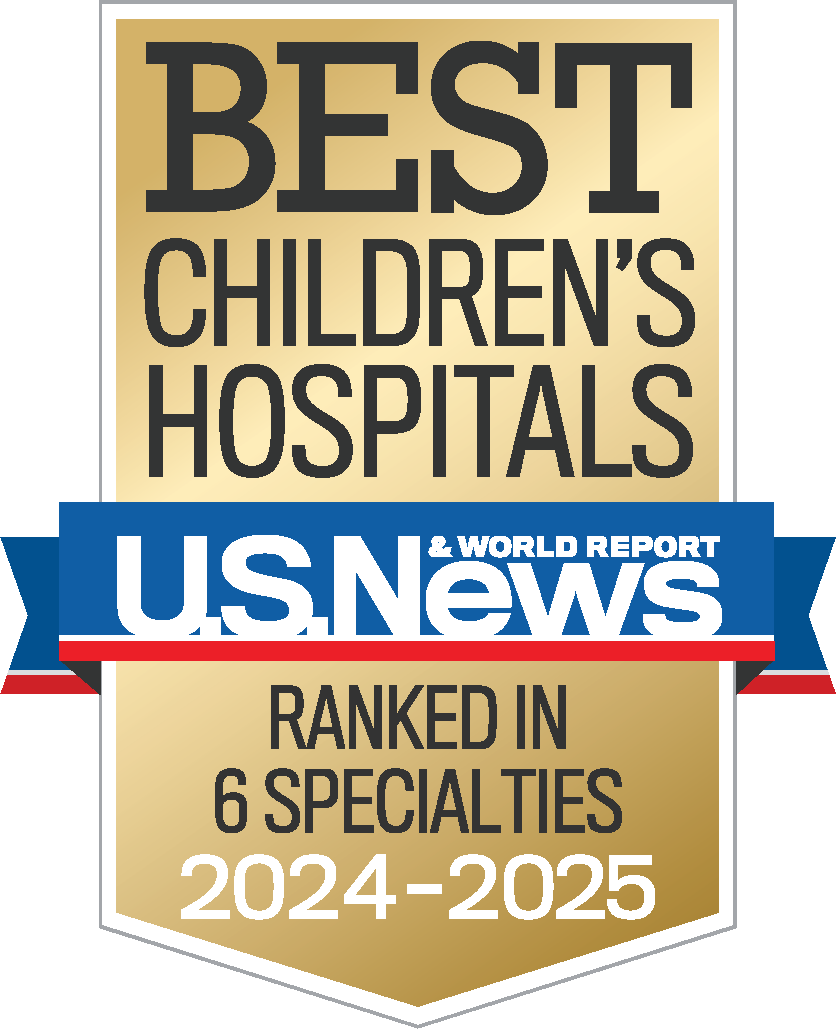What to Expect

The Pediatric Simulation Center gives learners the opportunity to build knowledge, practice skills, and improve teamwork to ultimately improve care for our patients and families. We make every attempt for our simulation situations to be as realistic as possible with our current technology. During your simulation session you could encounter a simulated patient as well as other healthcare team members and possibly family members. During the event, you are asked to treat this as a real situation and immerse yourself in the scenario.
Click here to watch a Pre-Briefing Video for learners who are new to simulation. OIPS Video
We hold a basic assumption for every learner that visits our center:
Everyone participating in activities at the Children’s of Alabama Pediatric Simulation Center is intelligent, well-trained, and dedicated to improve their care for children.
It is important to understand the capabilities of our manikins before you visit the center for you to make the most of your learning experience. The sections below give specific information related to manikin capabilities and typical scenarios.
Confidentiality: What happens in the Sim Center stays in the Sim Center; please do not discuss cases outside of the debriefing room.
General: Treat the simulator as you would a patient. Do everything that you normally would do in a patient situation. You can do most procedures and maneuvers normally. In some cases, we have provided a way for you to accomplish tasks in an alternative manner; if this is the case, you will receive specific instructions. There will be a Simulation Center staff member who can help keep you oriented and supplied.
The Patient: Each patient you care for will have their own identity, chief complaint, and medical/family history. Patients can cry, talk and answer questions at an appropriate age level. If they are talking, assume they are responsive. The patient may have eyes that open or blink and limited skeletal movement. In the session prebrief, you will receive mannequin specific information.
Breathing: The patient breathes spontaneously and has chest rise and fall. The newborn, baby and child simulators will turn blue around the mouth, indicating cyanosis. Breath sounds are present over most areas of the chest and include wheezing, rhonchi, stridor, grunting and can be diminished or absent. Pulmonary compliance can change. If you are unsure what you are hearing or where to hear it best, ask for clarification.
Airway: The patient can be placed on supplemental oxygen, be intubated, have a tracheostomy in place, or have an LMA inserted. Oral and nasotracheal airways can also be used. A surgical or needle cricothyroidotomy can be performed, if necessary, on some patients.
Circulation: Each mannequin has palpable pulses in various anatomical sites; you will be instructed in the session prebrief about the specific locations. Chest compressions can be performed on a poorly perfusing patient and must be done correctly to have a beneficial effect. Pacing, cardioversion and defibrillation can be done on each simulator and you will be assisted in this process if necessary. The patient will not “jump”. Use standard caution; the defibrillators we use are live.
IVs and Meds: You will be provided with a peripheral IV in your simulated patient to use as you would normally. IO’s may be inserted in the tibia of the newborn, baby and child simulators. You must administer fluids and medications to produce the desired effect.
Monitoring: ECG, SpO2, NIBP will appear if you connect the usual leads. Additional invasive monitoring may be present depending on the scenario.
Lab Tests: Lab studies, ECG readings, and x-rays can be ordered on all patients and will become available if necessary for case management. Bedside glucose is available on all patients.
Code Cart & Records: Use the code cart and keep records as you typically would.
Consults: You may ask for a consult with a medical specialist. If pertinent to the case, one will be available by phone or in person.
Confidentiality: What happens in the Sim lab stays in the Sim lab; please do not discuss cases outside of the debriefing room.
Adapted with permission from the Center for Medical Simulation
Check out the photo gallery to learn more about the center and what we do. You may also contact us to get directions to our center.





